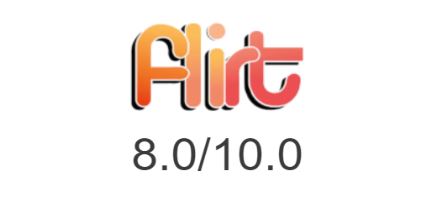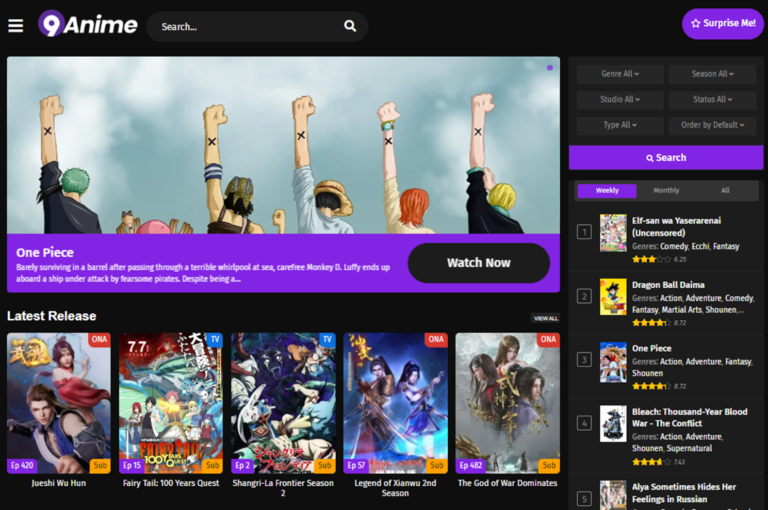How Resume Templates for Word Can Help Simplify Your Job Search
The job search process can often feel overwhelming, especially with the pressure to make a lasting first impression through your resume. A resume is your personal marketing tool—a summary of your skills, experience, and accomplishments. But building one from scratch can be time-consuming and stressful. This is where resume templates for Word come to the rescue, making the entire process much easier. With user-friendly templates, you can focus on what matters most—finding the right job.
We’ll explore how using Word resume templates can streamline your job hunt, highlight key elements you should include, and explain how templates align with the evolving needs of today’s job market.
1. Why a Well-Formatted Resume Is Crucial for Job Seekers
In the competitive job market, recruiters often sift through hundreds of resumes for a single position. According to research, they spend an average of 6-7 seconds on each resume before deciding whether to take a closer look. That means you need a resume that immediately grabs attention. However, balancing professionalism with readability is no easy task.
Using a Word resume template provides a structured format, ensuring your document is easy to scan. When your information is neatly arranged with consistent fonts and sections, it makes a positive first impression. More importantly, a polished format reflects your attention to detail, which employers value.
2. How Resume Templates Save Time and Effort
Writing a resume from scratch can easily take hours, especially if you’re uncertain about how to structure it. With a template, much of that work is already done for you. Word resume templates come with pre-built sections—such as work experience, education, and skills—allowing you to simply fill in your details.
For job seekers juggling multiple applications, this can be a game-changer. Templates offer consistent formatting, meaning you can quickly tailor each resume to a specific job listing without worrying about alignment, fonts, or margins.
Instead of wasting time struggling with formatting, you can focus on researching companies, preparing for interviews, and tailoring your cover letters to complement your resume.
3. Customizing Your Resume for Different Roles
Every job application deserves a customized resume. Generic resumes won’t make you stand out because recruiters are looking for candidates whose experiences align with their company’s specific needs. Fortunately, resume templates for Word make customization easy.
You can adjust templates by rearranging sections to match the job requirements. For instance:
- If you’re applying for a project management role, list your achievements and certifications at the top.
- For entry-level applicants, place more emphasis on internships and education.
Word templates also make it simple to save multiple versions of your resume. You can have one version for marketing roles, another for customer service positions, and so on. This strategy increases your chances of getting noticed by Applicant Tracking Systems (ATS) that filter resumes based on specific keywords.
4. Built-In Design Without the Fuss
While substance is essential, appearance also matters. A visually pleasing resume can grab the recruiter’s attention and set you apart. With Word templates, you don’t need graphic design skills to build an attractive document. Many templates include creative design elements such as:
- Headers and footers to add structure
- Subtle color accents to highlight your name or section headings
- Bullet points to keep information organized
These design features enhance readability without overcomplicating the layout. However, it’s important to strike a balance—most recruiters prefer clean, simple resumes over highly decorative ones. Templates designed with minimalism in mind are ideal for professional roles, while more creative templates may suit fields like marketing or design.
5. Ensuring ATS Compatibility with Templates
Many companies use Applicant Tracking Systems (ATS) to scan resumes for relevant keywords before they ever reach human hands. If your resume isn’t ATS-friendly, it may never get past the initial screening. This is where Word templates can make a difference.
Most resume templates for Word are optimized for ATS compatibility, ensuring that formatting elements such as columns, tables, and images won’t interfere with the scanning process. Avoiding complex layouts means your resume will be easier for these systems to read and rank.
To further improve your resume’s chances of passing through ATS, include relevant keywords directly from the job description. Word templates make it easy to tweak sections and add these keywords seamlessly.
6. Common Mistakes to Avoid When Using Resume Templates
While templates are a helpful tool, it’s important to avoid certain pitfalls:
- Over-reliance on the template: Templates are meant to serve as a foundation. Make sure you personalize your resume by highlighting your unique achievements and skills.
- Outdated templates: Use modern templates that reflect current resume trends. Avoid designs with overly fancy fonts or outdated elements like objective statements.
- Ignoring proofreading: Templates may help with formatting, but they won’t catch typos or grammatical errors. Always proofread your resume before submitting it.
By keeping these tips in mind, you can avoid common errors that might otherwise hurt your chances of landing an interview.
7. Templates Help You Stay Organized During Your Search
During a job search, staying organized is half the battle. When you’re applying to multiple positions, keeping track of customized resumes and application deadlines can get confusing. Word templates help by allowing you to save multiple versions of your resume.
Create a system where each resume is named after the specific role or company you’re applying to (e.g., “Resume-MarketingManager-XYZCorp.docx”). This way, you’ll always send the right version to the right employer. Being organized also makes it easier to revisit your resume and update it as your job search progresses.
8. Practical Tips for Making the Most of Resume Templates
Here are some quick tips to ensure your Word template works for you:
- Start with a template that matches your industry – If you’re in finance, opt for a simple, clean design. If you’re applying for creative roles, look for templates with some flair.
- Use action verbs – Words like “led,” “designed,” or “managed” make your accomplishments stand out.
- Highlight metrics – Whenever possible, quantify your achievements (e.g., “Increased sales by 25% over six months”).
- Stick to one page – Most recruiters prefer concise resumes unless you have 10+ years of experience.
9. Conclusion: Simplify Your Search with Resume Templates for Word
Job hunting is challenging enough without the added stress of building a resume from scratch. Resume templates for Word offer a simple and effective way to craft professional, organized resumes that appeal to both recruiters and ATS systems.
By using a template, you not only save time but also ensure that your resume meets industry standards. Templates provide the structure you need, leaving room for personalization so you can tailor each resume to fit the job at hand.
Whether you’re a recent graduate or a seasoned professional, resume templates streamline the process, helping you focus more on networking and preparing for interviews. Make the most of your job search by choosing a template that reflects your skills, experience, and personality.






